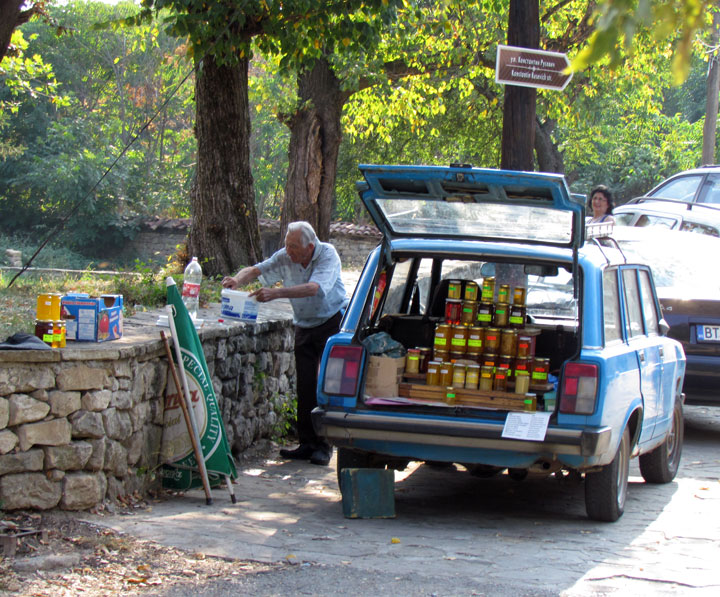

Arbanasi
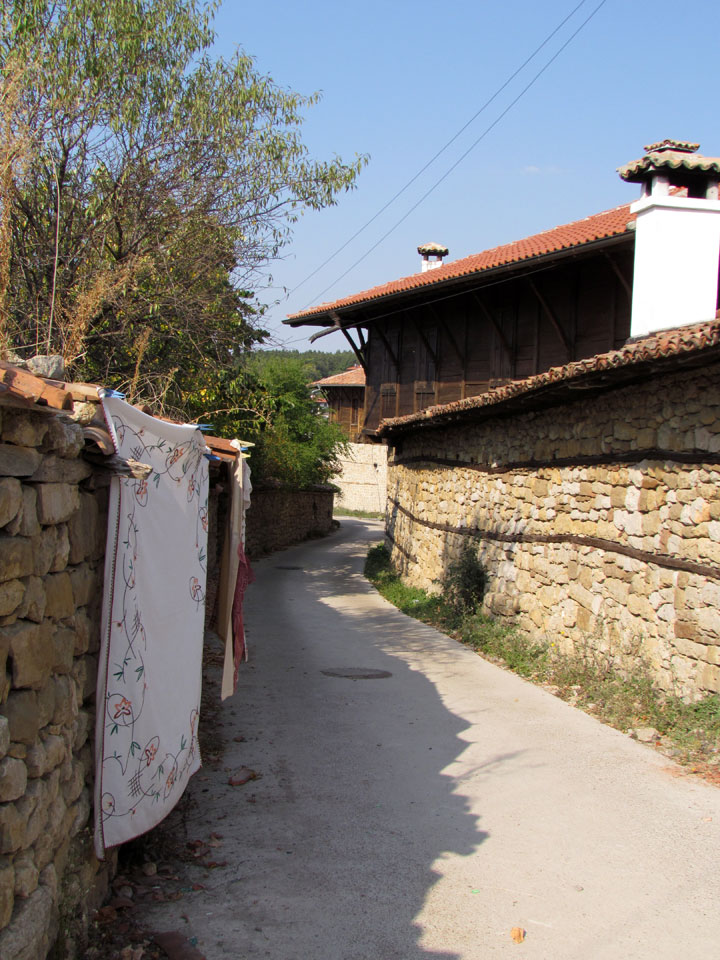
Arbanasi
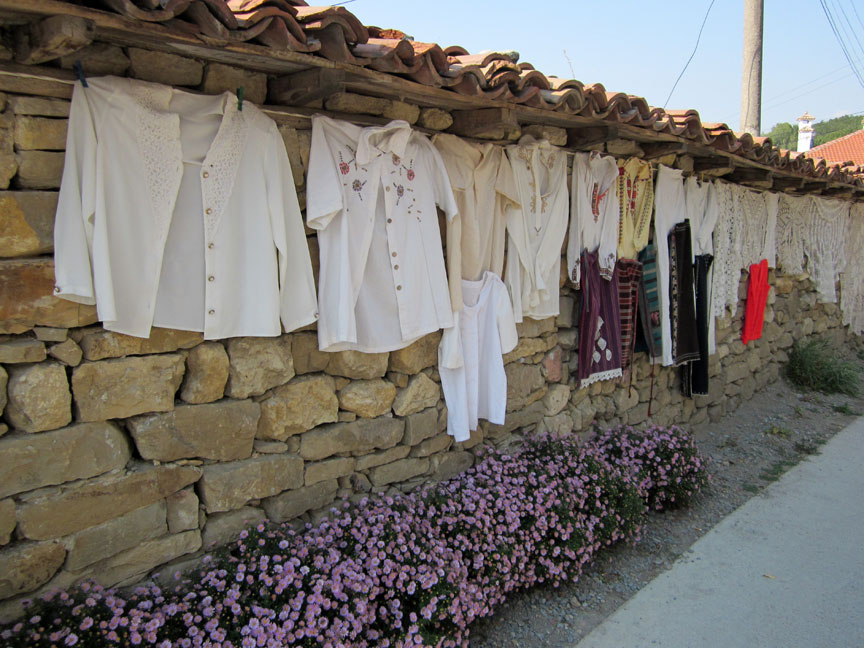
Arbanasi (Bulgarian: Арбанаси, also transliterated as Arbanassi) is a village in Veliko Tarnovo municipality, Veliko Tarnovo Province of central northern Bulgaria, set on a high plateau between the larger towns of Veliko Tarnovo (four kilometres away) and Gorna Oryahovitsa. It is known for the rich history and large number of historical monuments, such as 17th and 18th century churches and examples of Bulgarian National Revival architecture, which have turned it into a popular tourist destination.

The village's name comes from the Albanian word Arbërës or Arbanas, which means
"land worker". From this root word, the Turkish arnavut, was used to denote
Albanians and other people that came from parts of Macedonia and Albania that
had a large Albanian population, regardless of nationality. As of 2005, Arbanasi
has a population of 291 and the mayor is Tosho Krastev.
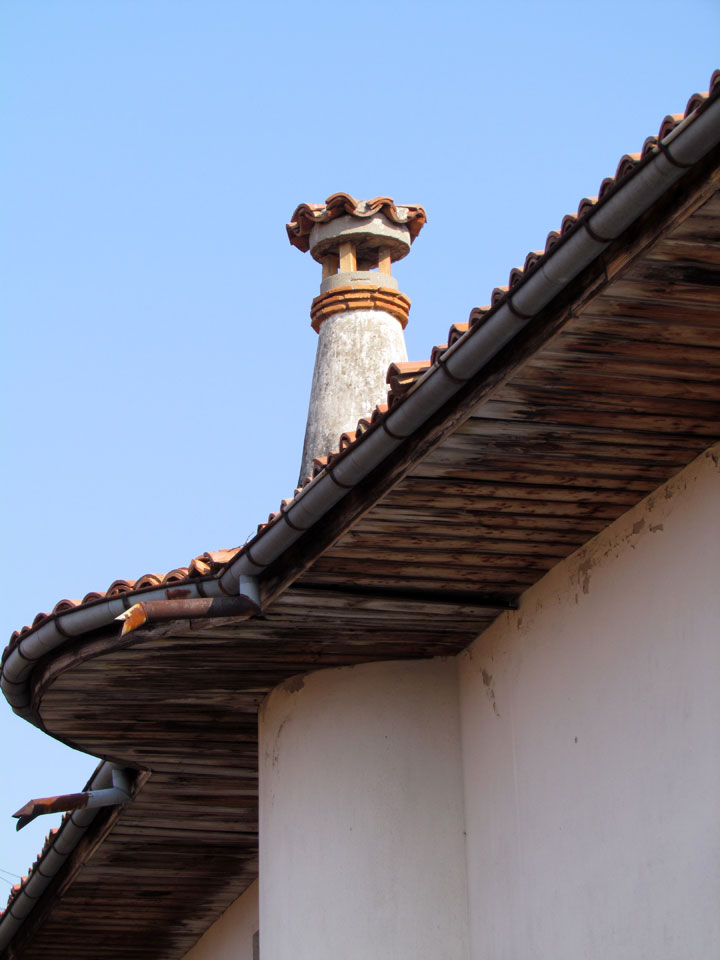
The lack of other documentary material leaves different opinions and
speculations about the settlement's origin, name and population. It is accepted
by some scholars that the village was populated by Bulgarian boyars that came
from the westernmost parts of the Second Bulgarian Empire after Ivan Asen II's
important victory over the Byzantines near Klokotnitsa on 9 March 1230, when the
tsar conquered "the land of the Albanians". This assumption is supported by 19th
century notes from Georgi Rakovski and other scholars, but by no direct evidence
or contemporary source.
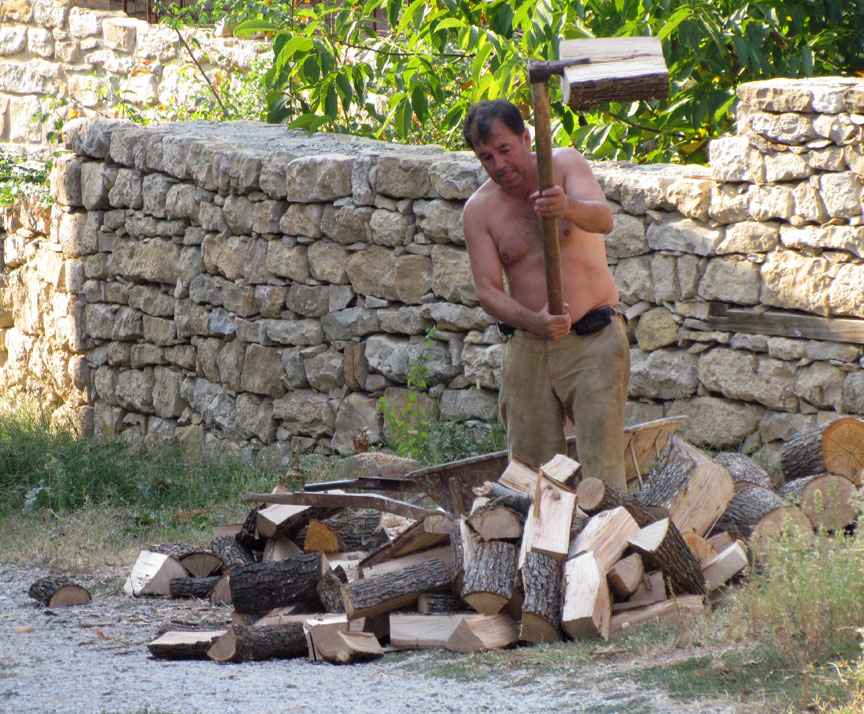
The earliest written document that marks the beginning of Arbanasi's history is
a royal decree by the Ottoman sultan Suleiman the Magnificent from 1538,
according to which the sultan offered the lands of the modern localities of
Arbanasi, Lyaskovets, Gorna Oryahovitsa and Dolna Oryahovitsa to his son-in-law
Grand Vizier Rustem Pasha as a gift. The four villages are united under the name
Arnaud Kariyeleri ("the Albanian villages") in the document, and the first
settlers may have been Albanians and Greeks from Epirus; although
Albanian-sounding names could be found in the Ottoman tax registers, Orthodox
and Slavic names already prevailed.
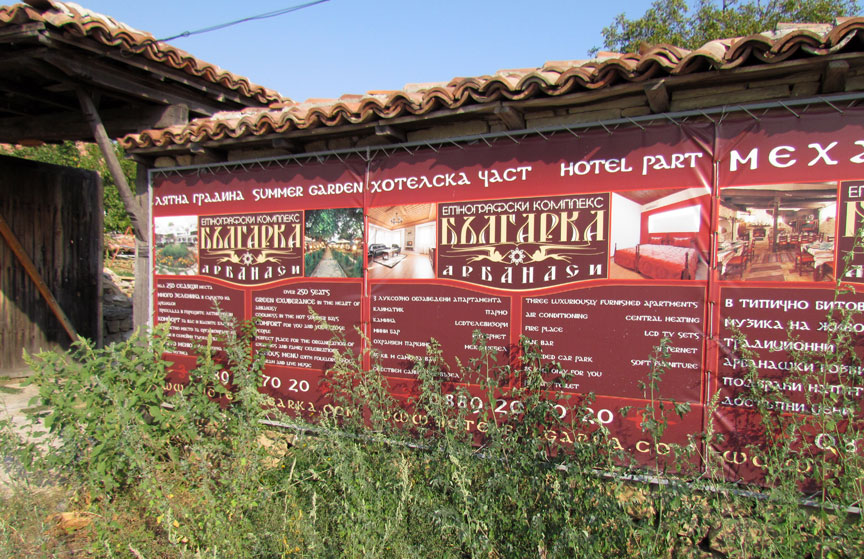
The tax registers of 1541–1544 describe Arnavud köy (also Darı ova) as a village
of 63 households and 72 unmarried men. In 1579–1580, it already numbered 271
households and 277 unmarried men, or a quadruple increase for forty years,
indicating an influx of settlers. The village preserved its purely Christian
character and prospered in the 17th century.

More Photos of a Revival House
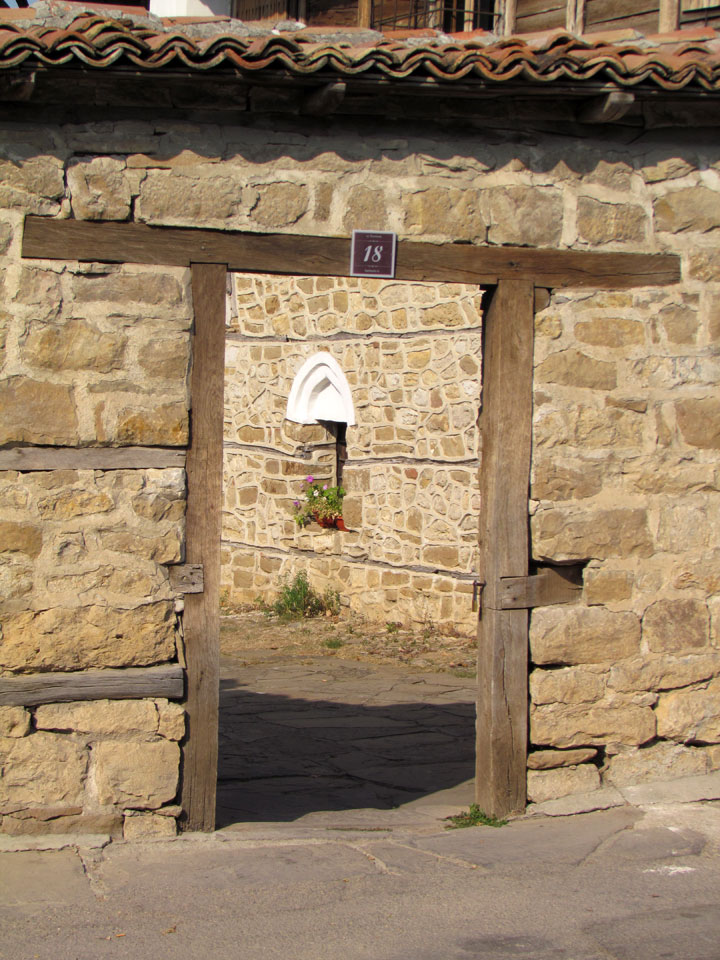
Other sources that mention Arbanasi are the notes of Pavel Đorđić from 10
January 1595 addressed to the Transylvanian Prince Sigismund Báthory. The
village is also mentioned by the Roman Catholic bishop of Sofia Petar Bogdan
Bakshev, who visited Tarnovo in 1640. He remarked there was a village up in the
mountains, from where the whole of Tarnovo could be seen, that had about 1,000
houses, and whose population spoke Greek, whereas the neighbouring villages did
not speak Greek at all. Another Roman Catholic bishop, Anton Stefanov, refers to
Arbanasi in 1685 as a village of Greeks and Albanians which ranks first in Dacia.
According to his account, there were Arbanasi merchants trading in Italy,
Hungary, Poland and particularly in Muscovy.
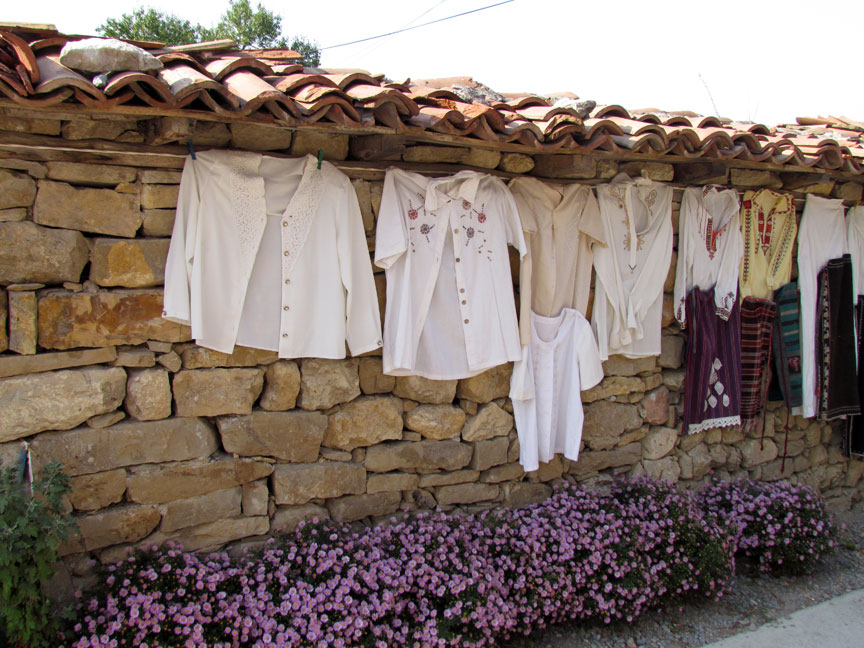
There is considerably richer documentary material, such as correspondence and
chronicler's notes on religious books, preserved from the 17th and 18th century,
that evidences that Arbanasi reached its economic blossoming between the second
half of the 17th and the end of the 18th century. The settlement had over 1,000
houses at the time, its population consisting mostly of eminent merchant
families who traded in Transylvania (mostly Sibiu and Braşov), the Danubian
Principalities, Russia and Poland. Handicrafts were well-developed, with copper-
and goldsmithing, vine-growing and silk production playing an important part.
The homes of the rich merchants, as well as the five churches built in the years
of progress, bear record of the economic upsurge and prosperity.

In the 18th century, Arbanasi was regularly donated by the Phanariote rulers of
Wallachia, and a number of expelled Wallachian nobles settled temporarily in the
village, e.g. Manolachi Brâncoveanu, Ian Văcărescu. In 1790, there were 17
Wallachian nobles with their families in Arbanasi. To this day, some of the
houses in Arbanasi bear the names of their former Wallachian owners (Brâncoveanu,
Cantacuzino, Filipescu).
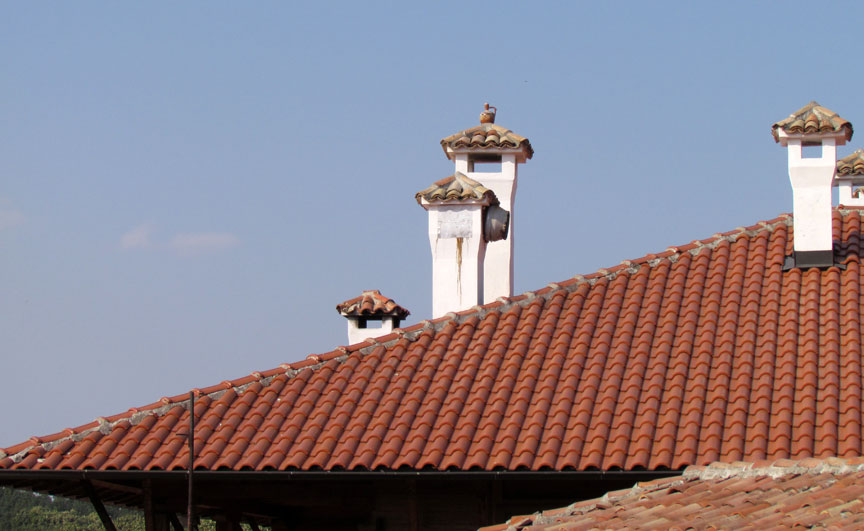
As a result of well-organized brigand raids in 1792, 1798 ad 1810, the
settlement was pillaged and burnt down. The plague and cholera epidemics further
damaged the town's well-being. The richest merchants fled to Wallachia and
Russia. A new settlement of Bulgarians began after 1810, when people came down
from the Elena and Teteven parts of the Balkan Mountains, but Arbanasi could
never again reach its former heyday. An Ottoman royal decree of 1839 deprived
the town of its former privileges and the development of handicraftsmanship
after the Crimean War almost ceased.
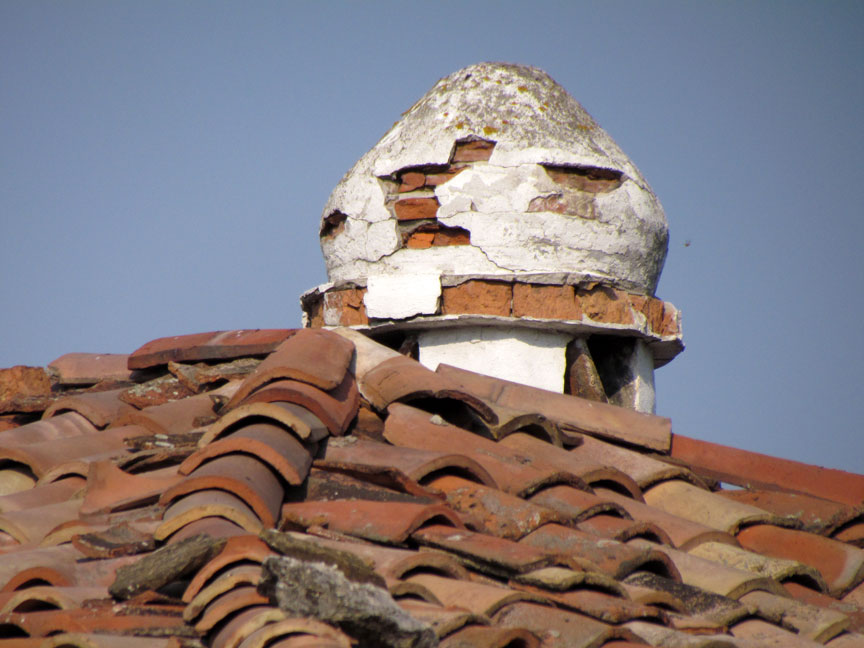
Arbanasi was a stronghold of Greek cultural affiliation for centuries. Greek
language was official in the town, there was a Greek school and divine services
were in Greek. This, however, did not reflect the local population's national
self-consciousness, as Arbanasi residents took part in the organized armed
struggle of Bulgarians that ultimately led to the Liberation of Bulgaria from
Ottoman rule as a consequence of the Russo-Turkish War of 1877-78.
Text from Wikipedia

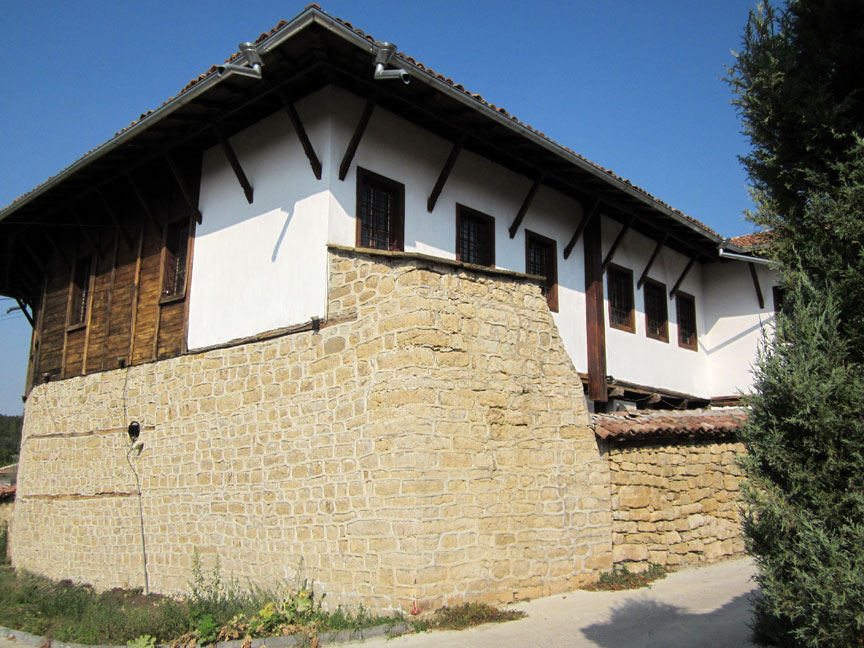
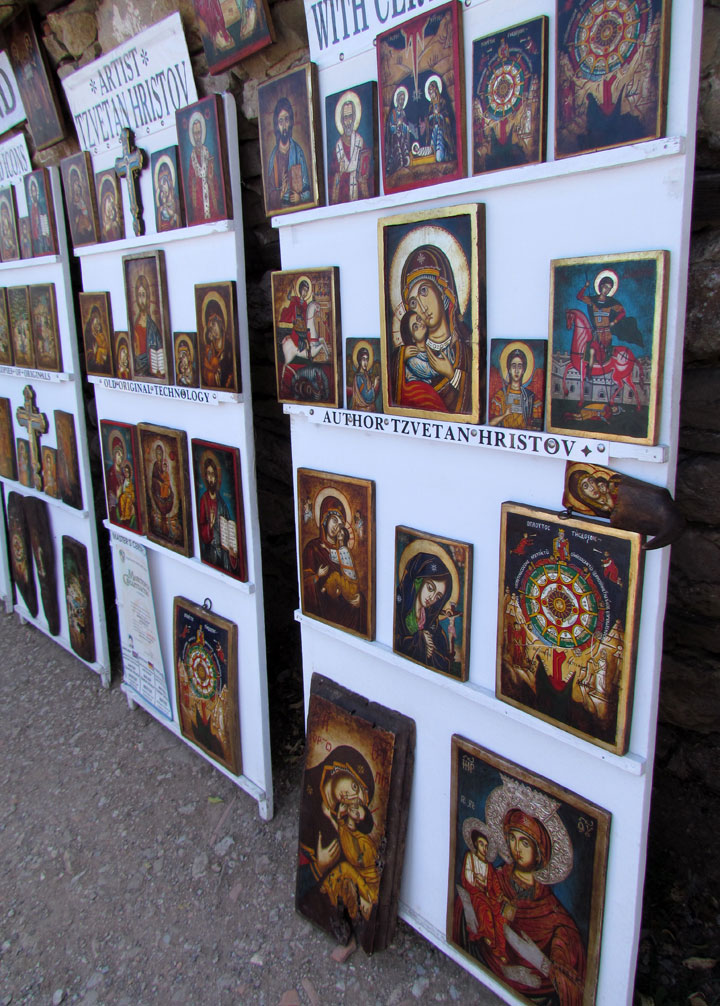
Photos of the Nativity of Christ Church


